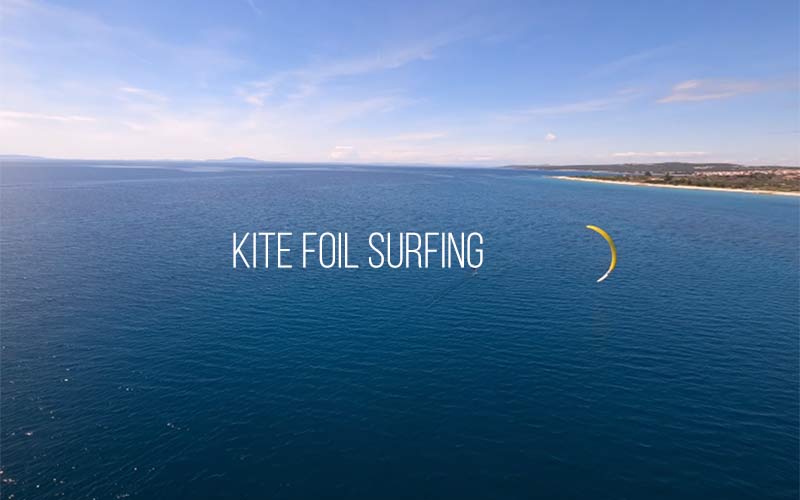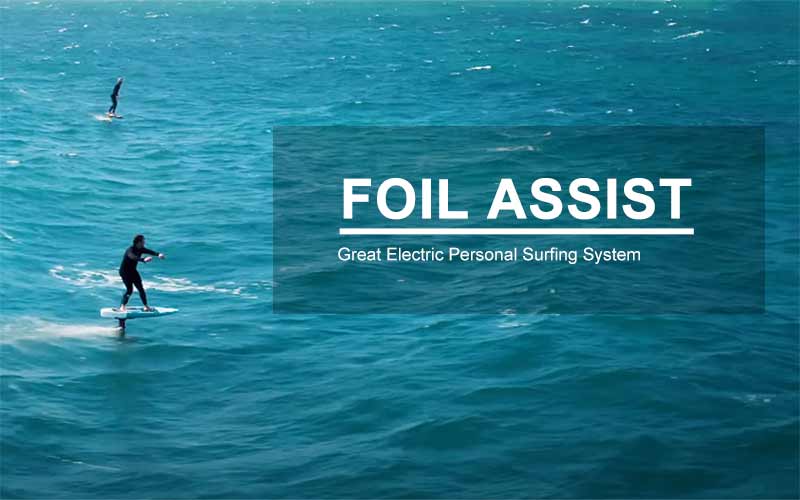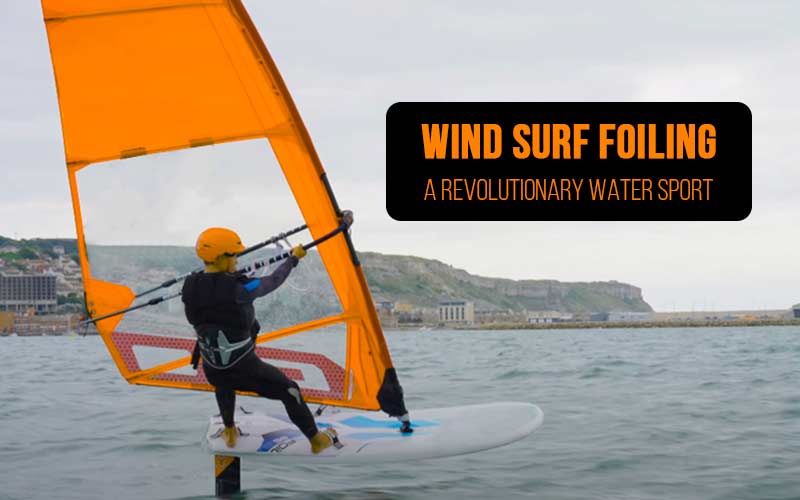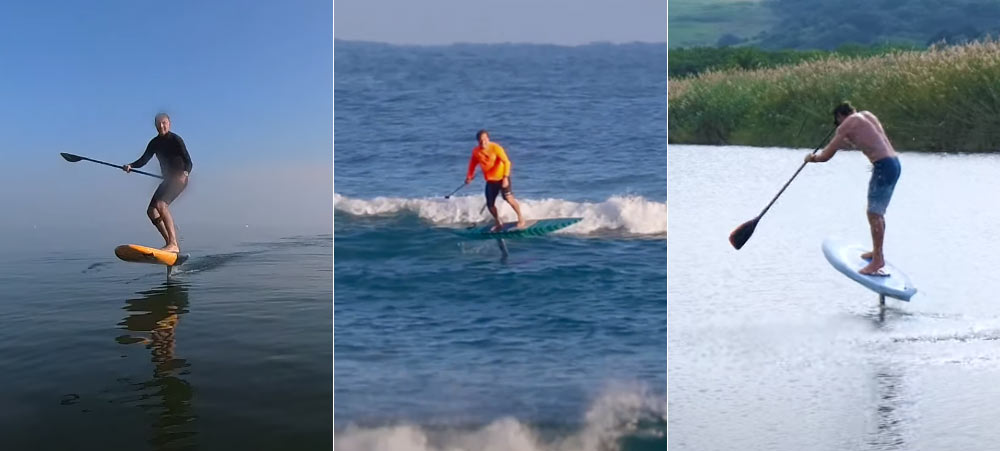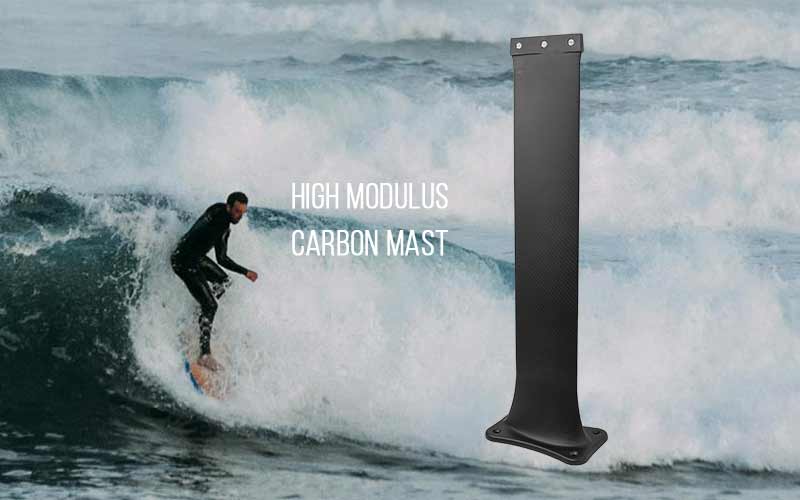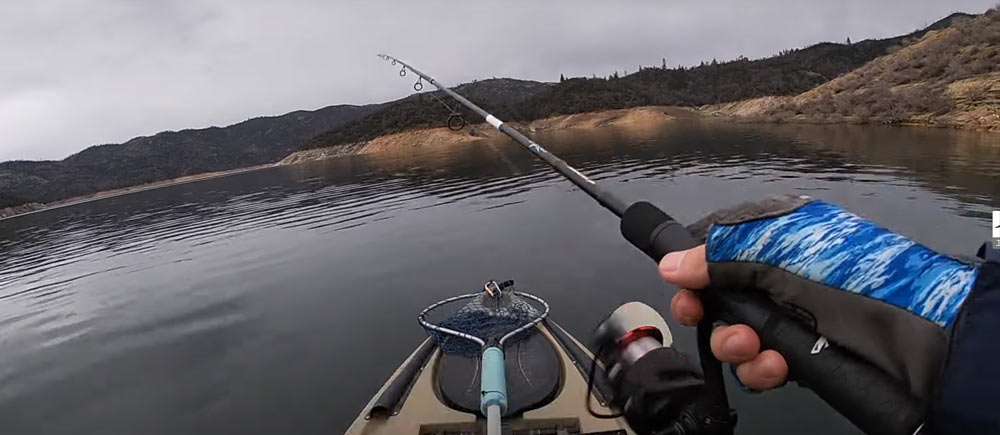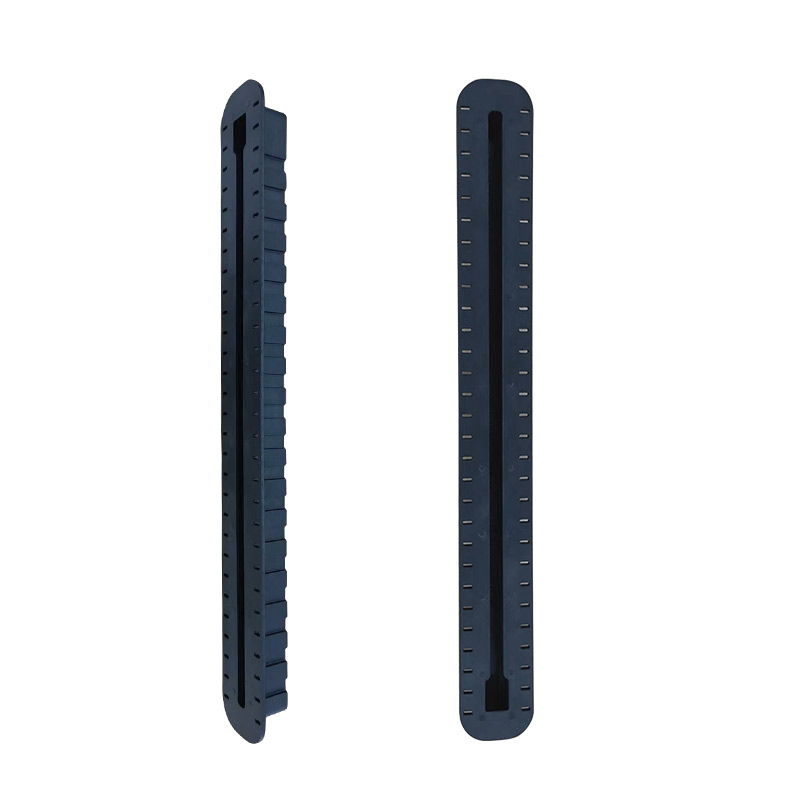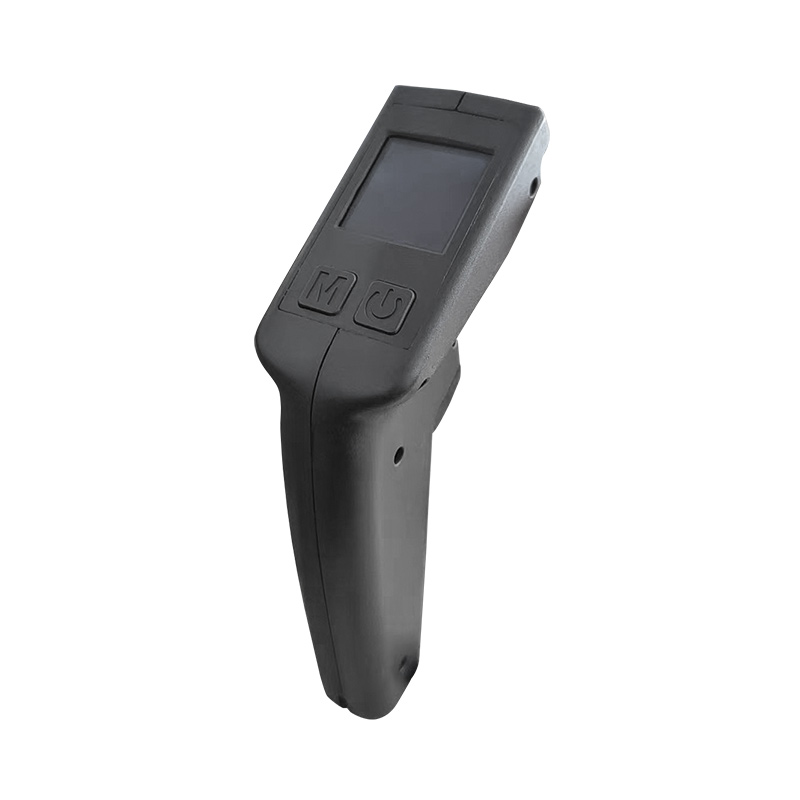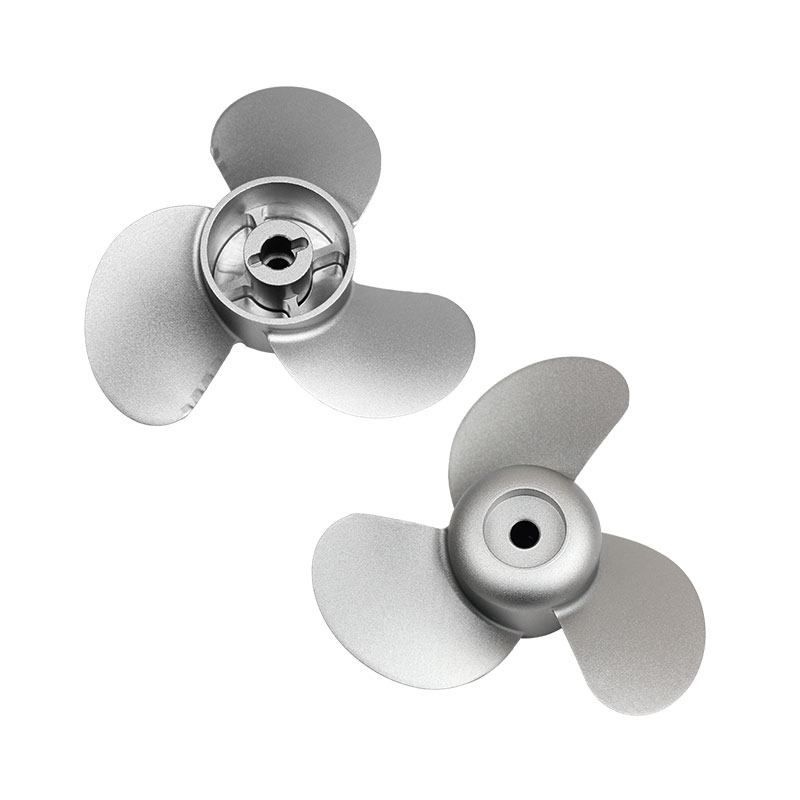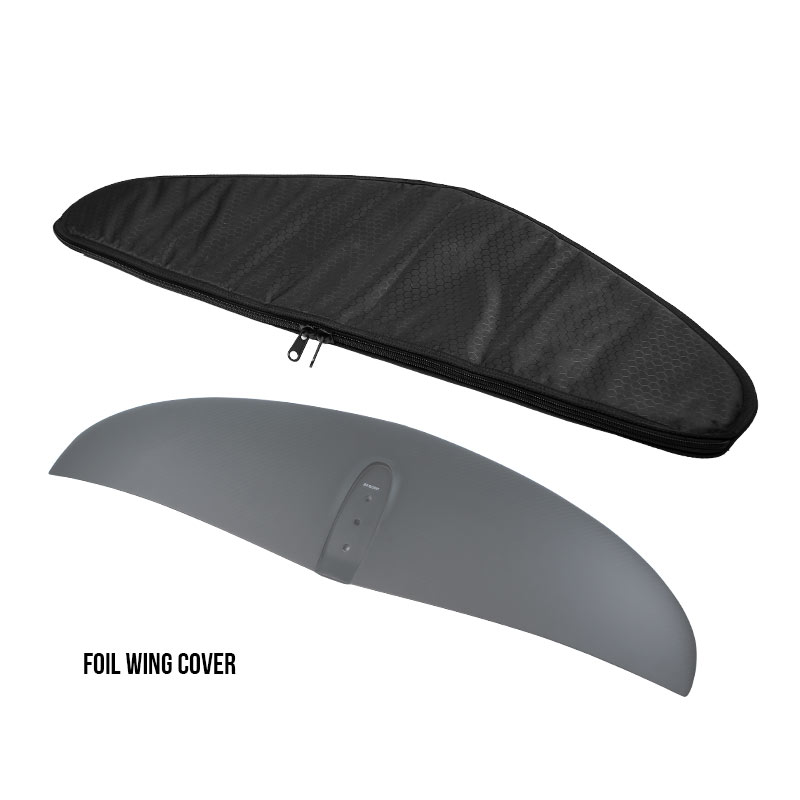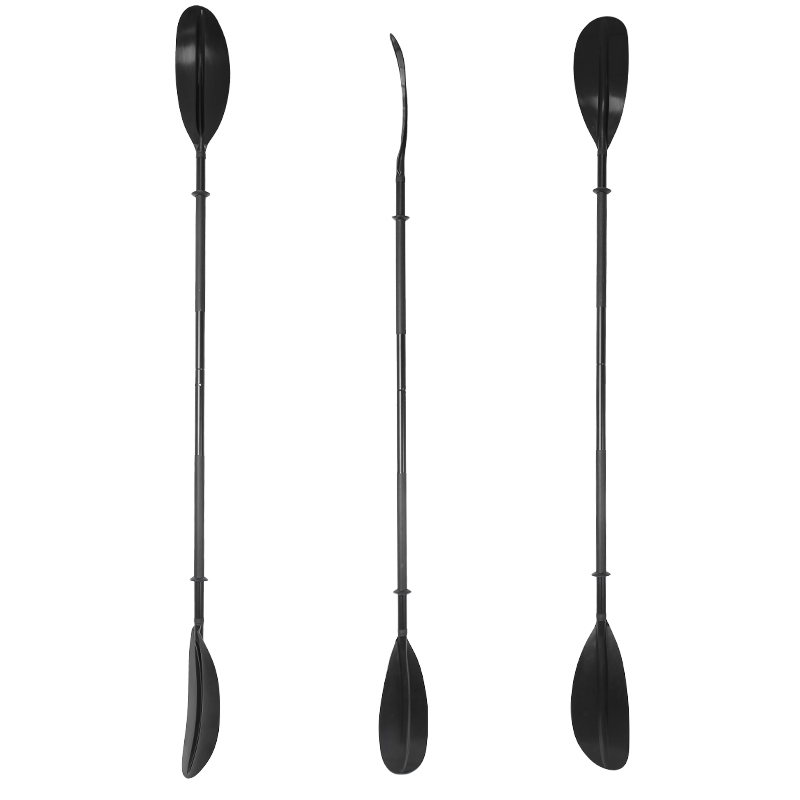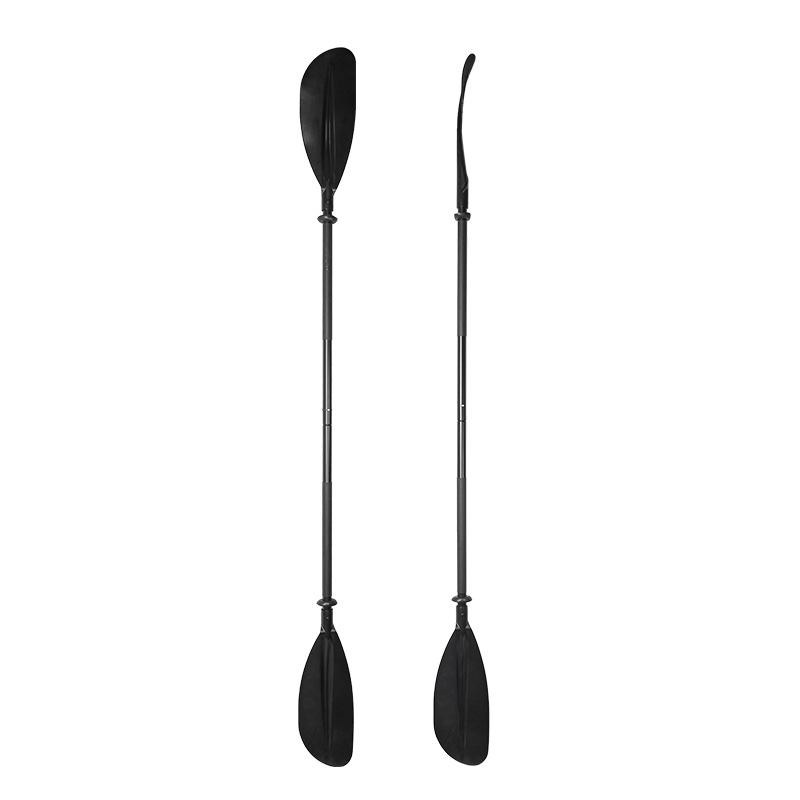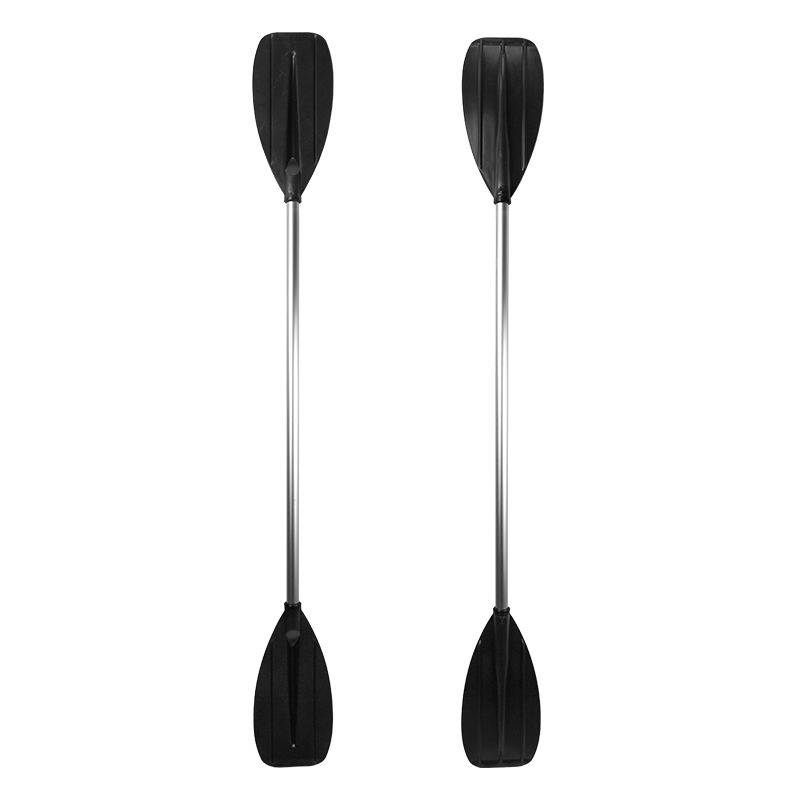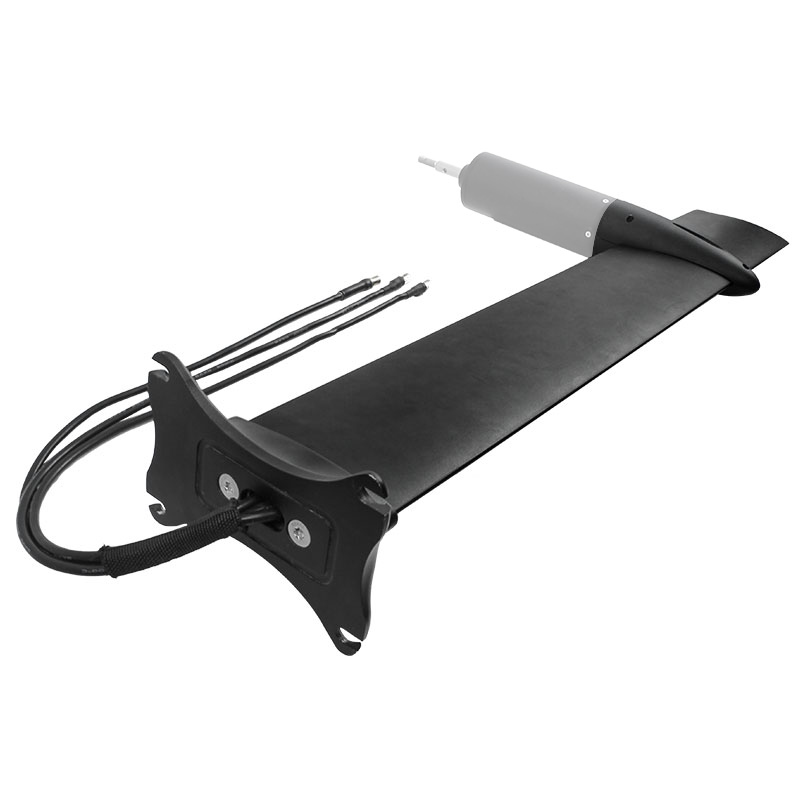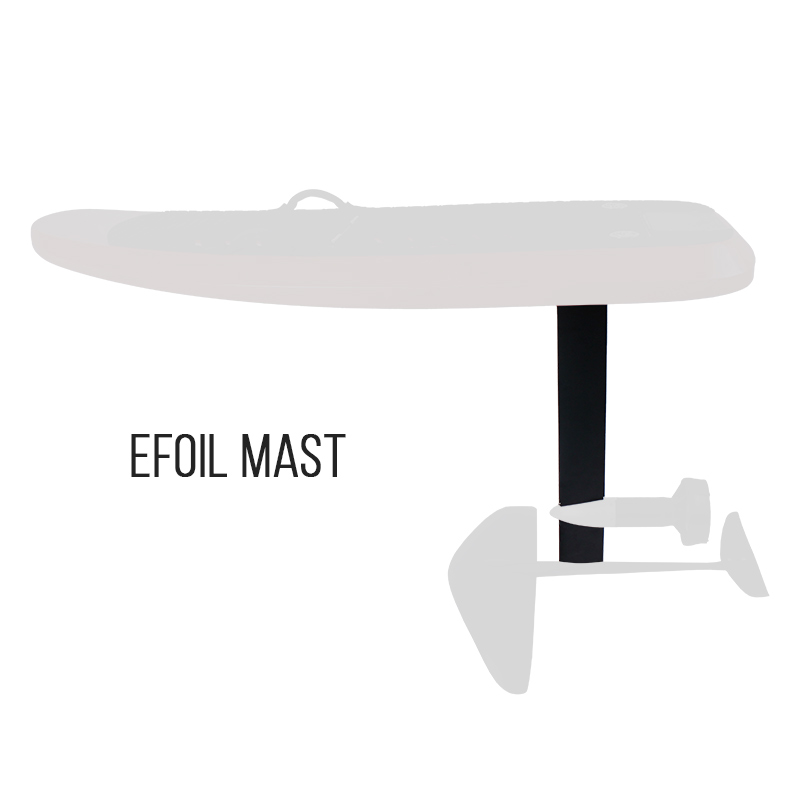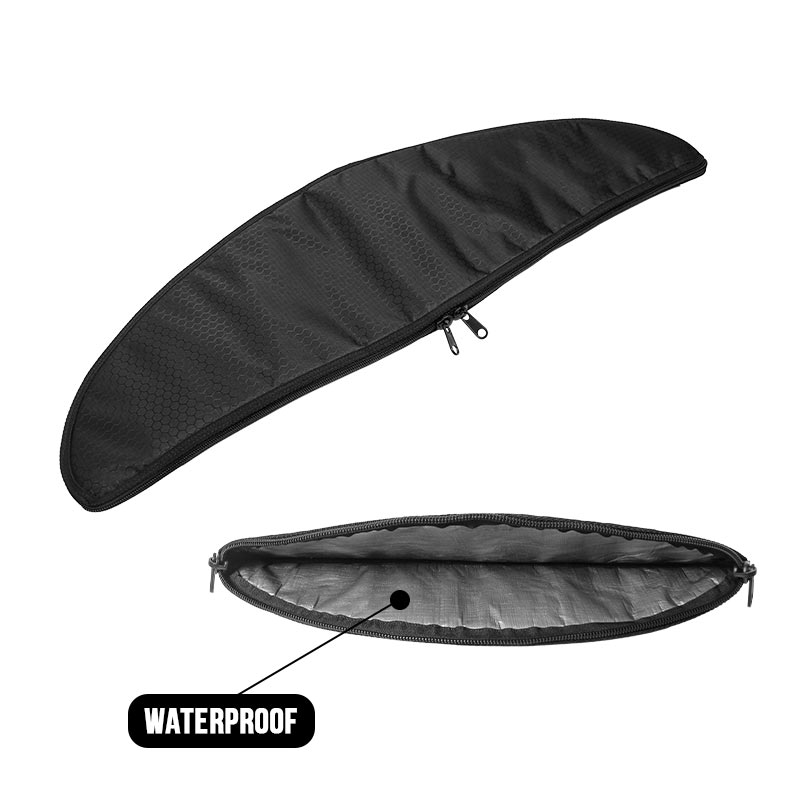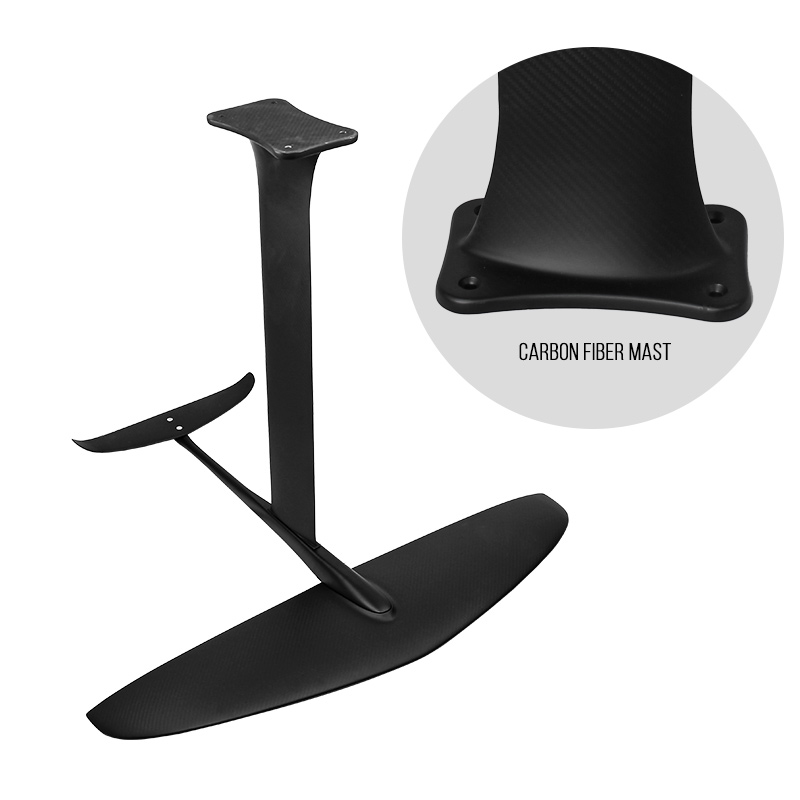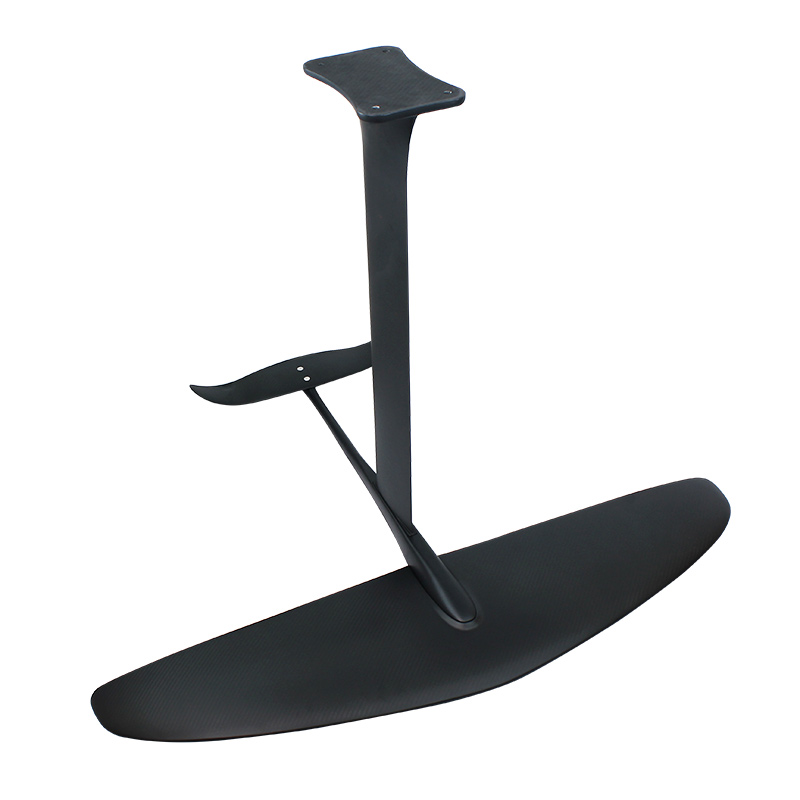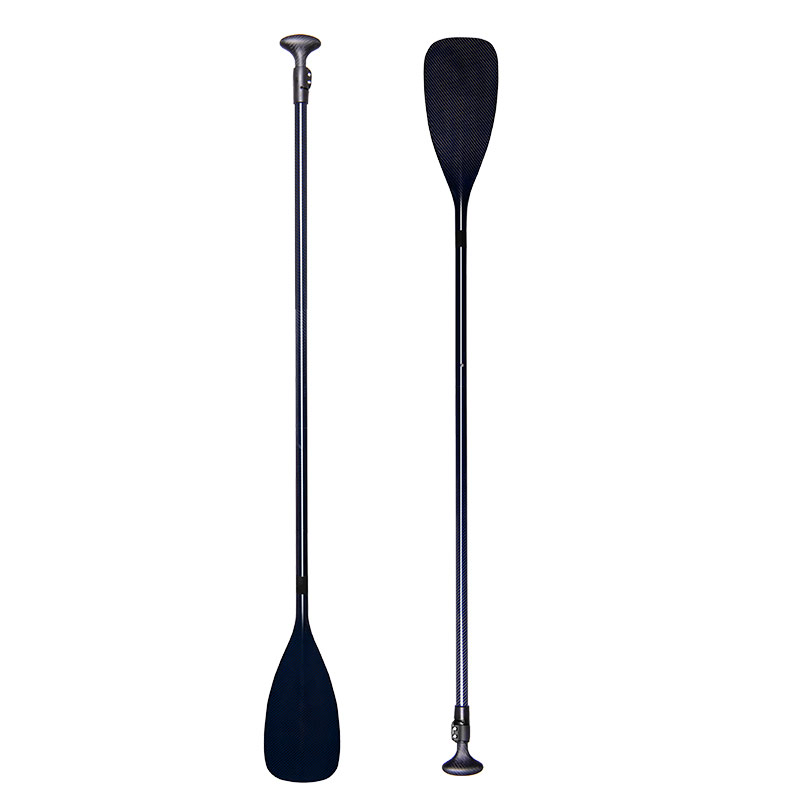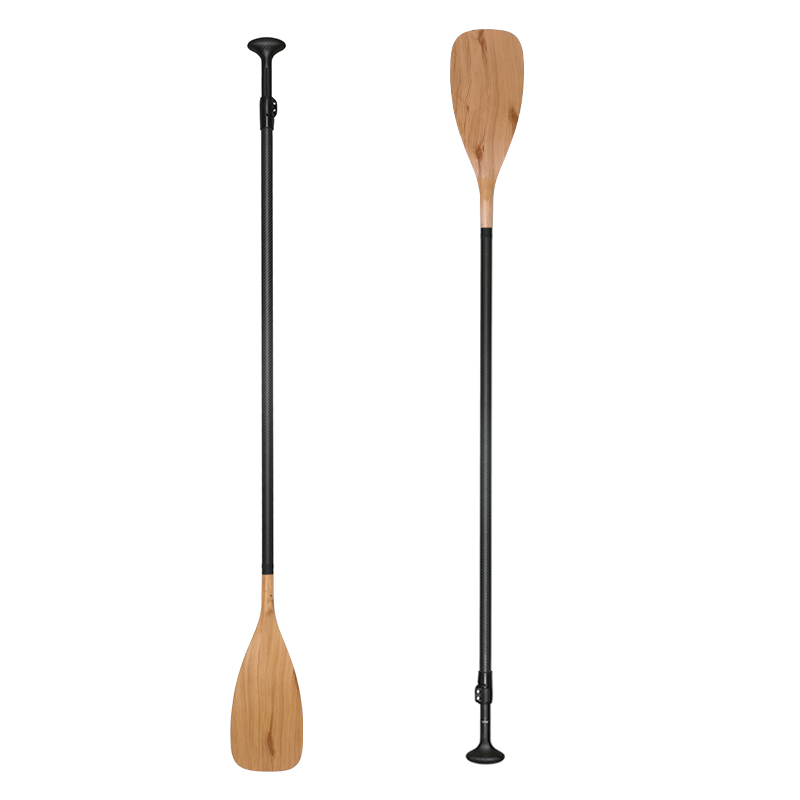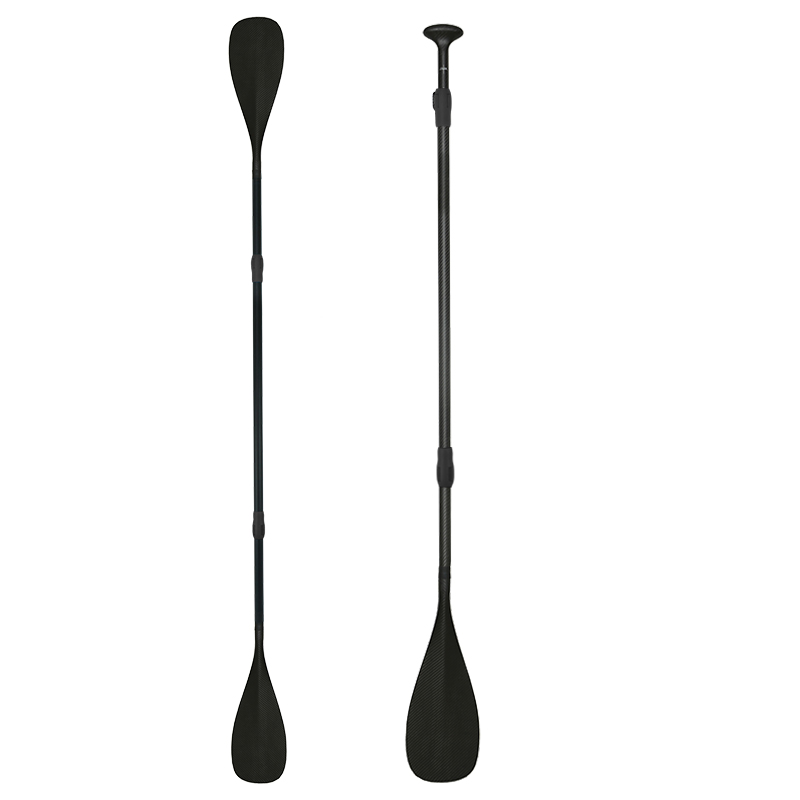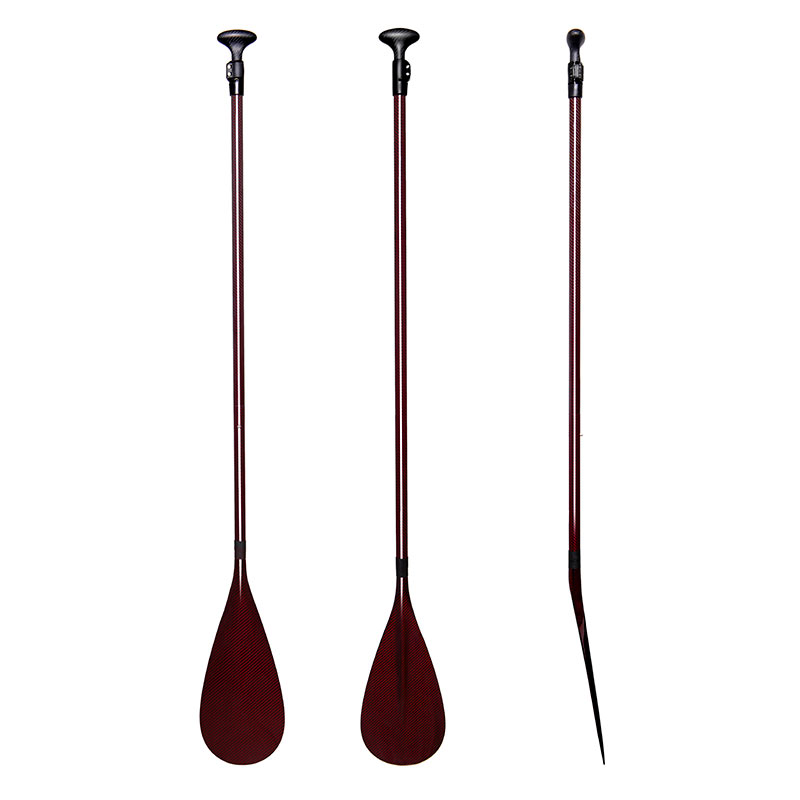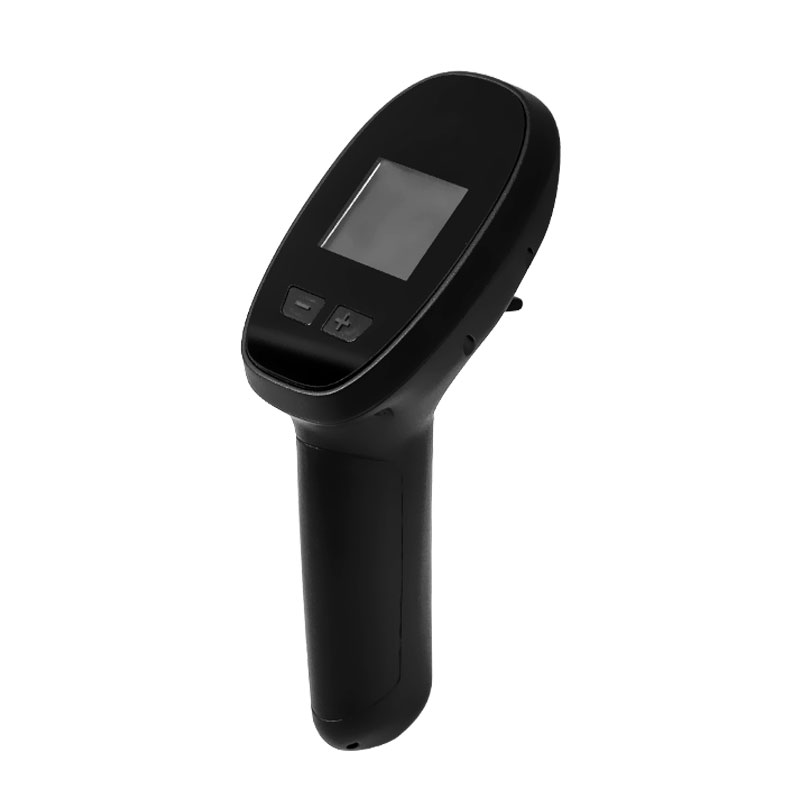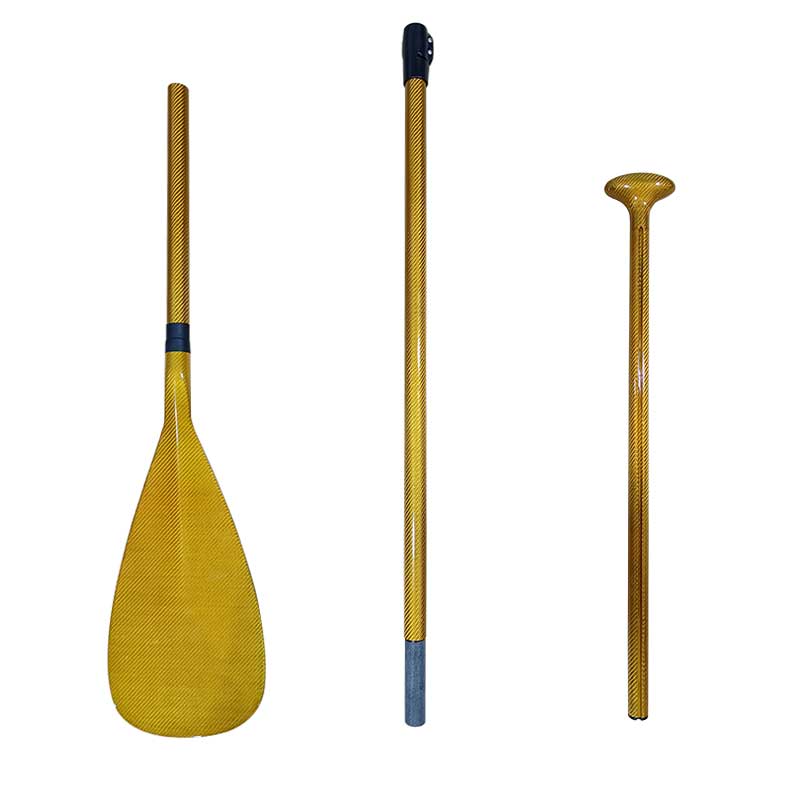If you are interested in paddling a kayak but don’t know how to start. This article will help you to become an expert quickly. Paddling a kayak is not only a great way to enjoy the outdoors, but it also provides a fantastic workout. Whether you are a beginner just starting or someone looking to improve their technique, this guide will provide you with the necessary steps to paddle a kayak like a pro.
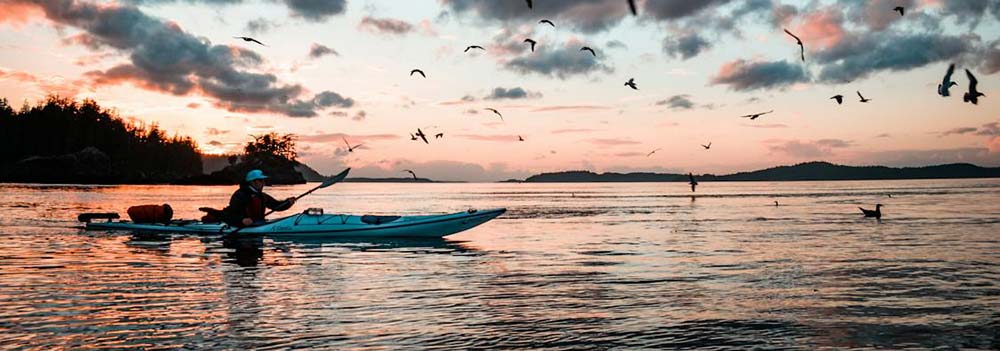
1. Choose The Right Kayak
Before you even begin paddling a kayak, it is important to select a kayak that suits your needs and skill level. There are different types of kayaks available, such as recreational kayaks for calm waters or sea kayaks for more challenging conditions. Consider factors like stability, maneuverability, and comfort when choosing a kayak.
Selecting the ideal vessel is paramount in the world of waterborne adventures—choosing the right kayak sets the tone for a seamless aquatic odyssey. Before embarking on the rhythmic journey of paddling, one must deliberate on the nuanced facets of kayak selection.
In the diverse array of aquatic craft, each kayak is a distinct entity, tailored to specific terrains and pursuits. Whether opting for the tranquility of serene lakes or the exhilaration of challenging waters, the choice between different types of kayaks becomes an art. The humble kayak, a vessel steeped in tradition, transforms into a personalized conduit for exploration.
Considerations such as stability form the bedrock of the decision-making process. A stable kayak ensures confidence on the water, allowing paddlers to navigate with ease. Simultaneously, the allure of deft maneuverability beckons, promising agility through winding waterways.
The essence of the endeavor lies in finding a kayak that seamlessly aligns with your aspirations and skill set. As you embark on this aqueous escapade, let the carefully chosen kayak be not just a vessel but an extension of your aquatic spirit—a conduit to forge unforgettable connections with the fluid realm.
2. Familiarize The Equipment
Acquainting yourself with the equipment is pivotal for paddling a kayak. Understanding the diverse components of a kayak and their functions forms the bedrock of a successful aquatic journey. Take the time to comprehend the intricacies that make up your kayak, as this knowledge will empower your paddling endeavors.
Beyond the vessel itself, the paddle becomes an extension of your prowess on the water. It’s not merely an implement but a tailored instrument. Ensure your paddle aligns with the optimal length, considering both your height and the width of the kayak. This meticulous selection guarantees efficient strokes and enhances your overall control over the kayak’s trajectory. If you need a kayak paddle manufacturer to custom, welcome to contact us to know the details.
Delve into the nuances of the kayak’s design, exploring features designed for your comfort and support. The footrests, a subtle yet crucial element, contribute to stability and control. Adjust them to your preference, creating a customized cockpit that enhances your connection with the kayak.
The backrest, often an underestimated component, plays a pivotal role in providing lumbar support. Familiarize yourself with its adjustability, ensuring a posture that harmonizes comfort and efficiency during your paddling escapades. Every adjustable feature becomes a personalized touch, transforming the kayak from a vessel into an extension of your aquatic spirit.
Besides, other auxiliary equipment will help you in paddling kayak, such as a Personal Flotation Device, Helmet, Sprayskirt, Safety Whistle, Leash, Bilge Pump, Navigation Tools, First Aid Kit, and so on.
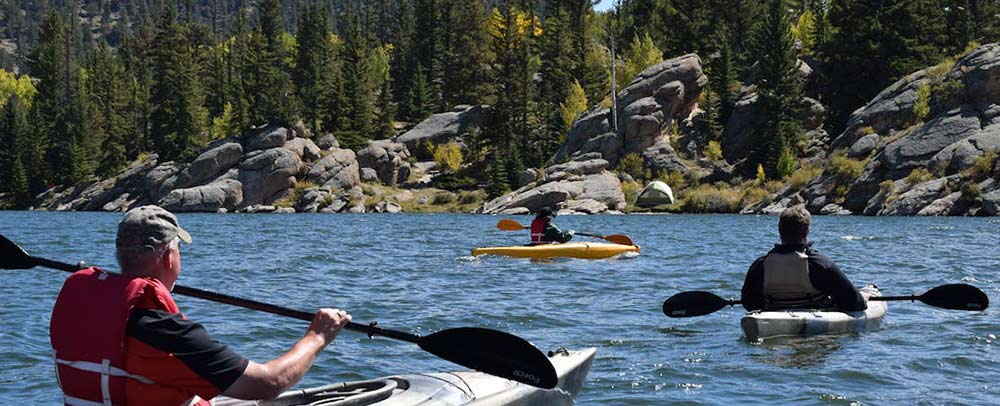
3. Paddling A Kayak Basic Techniques
With your kayak and equipment ready, it’s time to learn the basic paddling techniques. The forward stroke is the most fundamental and involves reaching forward with the paddle, submerging it in the water, and pulling it back towards your hips while rotating your torso. Practice this stroke to maintain a steady speed and efficient movement.
Before you set out on the water, it’s essential to get acquainted with your kayak’s type and the associated equipment that you’ll be using. Different types of kayaks are designed for various water environments and purposes, such as sea kayaking, whitewater kayaking, or recreational kayaking. Each style of kayak has specific features that cater to its intended use, such as the hull design, length, and cockpit size.
Once you have identified the type of kayak you will be using, familiarize yourself with the equipment that accompanies it. Aside from the kayak itself, the paddle is the most critical piece of equipment. Selecting a paddle that matches your height and the width of your kayak is vital for efficient paddling. A paddle that is too short will cause you to exert more effort, while one that is too long can make maneuvering more difficult and could lead to discomfort over time.
Additionally, pay close attention to the kayak’s footrests and backrest. These features, along with other adjustable components such as thigh braces and hip pads, are designed to provide you with comfort and support while you paddle. Properly adjusting these settings will help ensure that you maintain good posture and control over the kayak. The footrests should allow your knees to be slightly bent, giving you leverage for your paddling strokes. The backrest should support your lower back without causing you to slouch.
Understanding how to utilize these features will not only make your experience more enjoyable but also prevent fatigue and potential injury. By familiarizing yourself with the kayak type and equipment, you’ll be able to focus on mastering the paddling techniques that are necessary for a successful and enjoyable outing on the water.
4. Learn The Different Strokes
Besides the forward stroke, there are several other strokes that will help you control your kayak and navigate various conditions. The sweep stroke, for example, is used to turn the kayak by sweeping the paddle blade outwards in a wide arc.
The draw stroke, on the other hand, helps you move the kayak sideways by pulling the paddle towards the boat’s side. Additionally, the reverse stroke can be used to slow down or stop the kayak by paddling backwards. Mastering these fundamental strokes, along with practicing variations and combinations, will significantly enhance Paddling A Kayak efficiency, maneuverability, and overall kayaking experience.
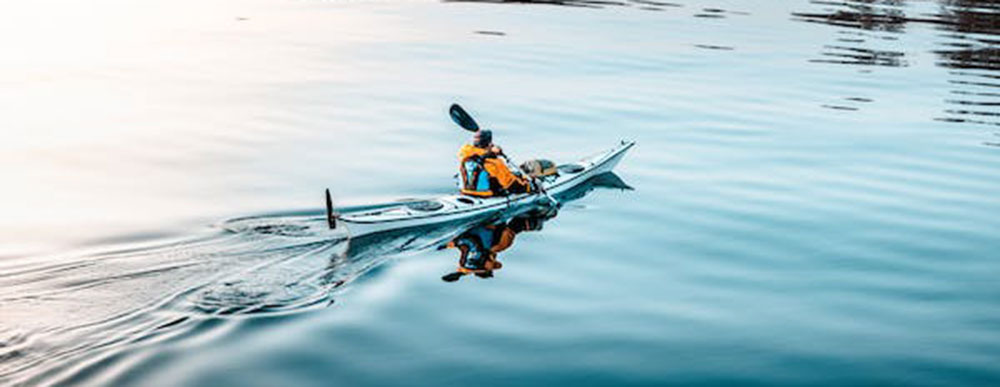
5. Improve Your Balance
Maintaining good balance and posture is essential for stability and control while paddling a kayak. Sit with a straight back, engage your core muscles, and keep your hips and shoulders aligned. This position will help you transmit power from your core to your paddle strokes and improve overall efficiency.
Practice sitting upright and maintaining stability even in choppy waters. As you gain experience, you can experiment with different seating positions and bracing techniques, such as using your knees or leaning slightly to brace against the kayak, to further maximize your stability and comfort in various water conditions.
6. Safety First for Paddling A Kayak
Always prioritize safety while paddling a kayak. This means wearing a properly fitted life jacket at all times, dressing for the weather conditions (including sun protection and layers for warmth), and carrying essential safety gear such as a whistle, flares (if appropriate), and a bilge pump. It’s crucial to be aware of potential hazards in the water, such as currents, obstacles, and weather changes. Additionally, familiarize yourself with the kayak’s self-rescue techniques in case of capsizing. This may include techniques like wet exits, re-entries, and basic paddle-float maneuvers. By prioritizing these safety measures, you can significantly reduce the risks associated with kayaking and ensure a more enjoyable and worry-free experience.
7. Practice regularly:
Like any skill, paddling a kayak requires consistent practice. Start with shorter paddles in sheltered water and gradually increase the distance and duration of your trips as you gain confidence. Explore different water environments, from calm lakes to slow-moving rivers, to challenge yourself and develop your adaptability. Joining a kayaking club or taking lessons from experienced instructors can be an excellent way to receive valuable feedback, learn new techniques, and connect with other kayak enthusiasts. By making consistent efforts to practice and improve, you’ll transform your paddling skills and gain the confidence to explore the water with greater comfort and enjoyment.
In conclusion, How to paddle a kayak? Paddling a kayak involves selecting the right equipment, mastering basic and advanced strokes, maintaining good balance and posture, and prioritizing safety. Regular practice and perseverance will help you become a skilled kayaker, allowing you to enjoy the beauty of nature while engaging in a rewarding physical activity.

